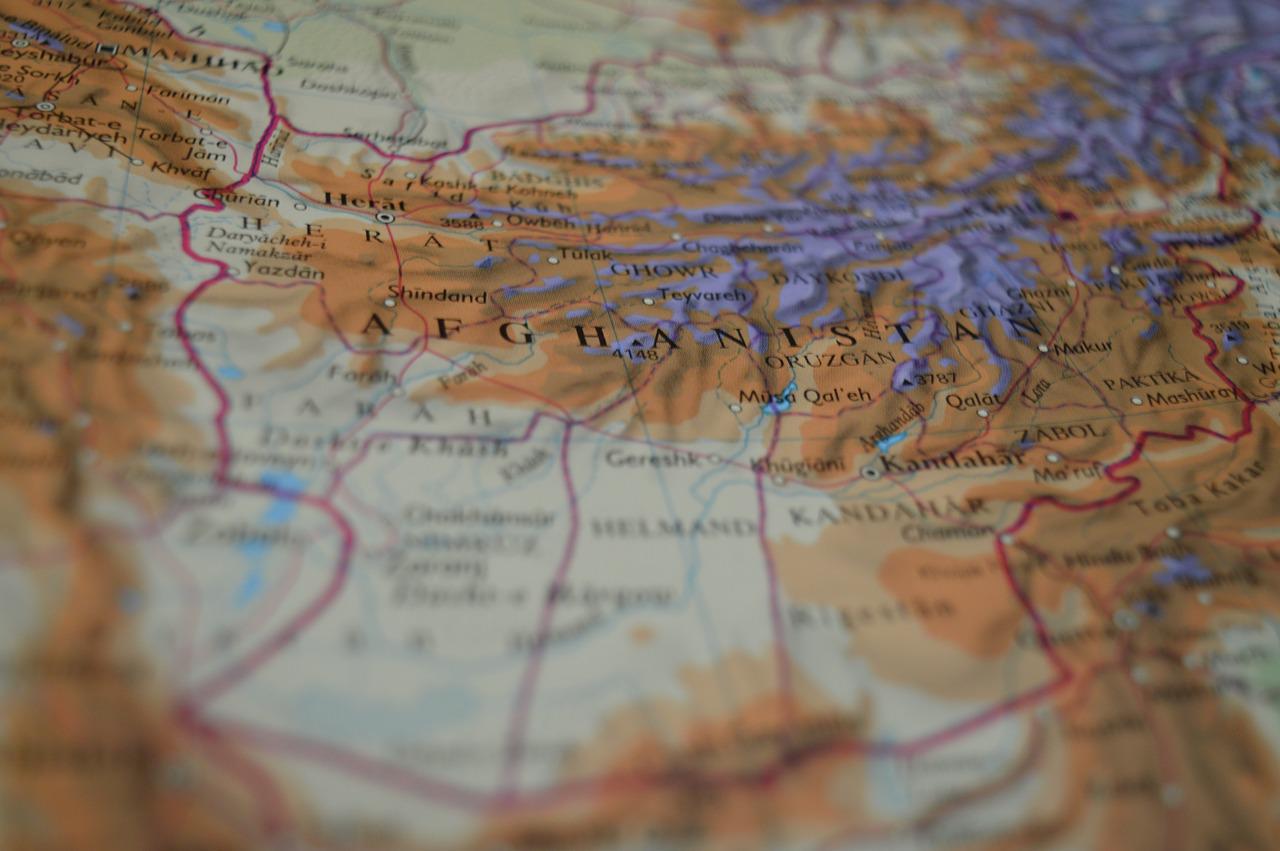Law students and lawyers in Afghanistan are filing reports with JURIST on the situation there after the Taliban takeover. Here, a law student in Kabul reports on Taliban pressures on minority Hindu and Sikh populations. For privacy and security reasons, we are withholding our correspondent’s name. The text has only been lightly edited to respect the author’s voice.
Since the Taliban took control of Afghanistan last year the Hindu and Sikh populations in the country – who are considered some of its original settlers – have dwindled rapidly, either by being killed or by immigration to India, fearing for their lives after threats posed by Taliban against them.
After the Taliban’s takeover of Kabul, Hindus were subject to systematic attacks. Saturday was another dark day for the Hindu and Sikh community in Afghanistan after an assailant threw hand grenades inside a temple. In the end the attacker was killed, but the Sikh community also lost one of its members and another seven were injured.
In the 70s and 80s Afghanistan’s Hindu and Sikh numbered in the hundreds of thousands, mostly living in Kabul and Kandahar, although they spread into other provinces as well. Now BBC Farsi reports their number to be down to 140 individuals.
While the Taliban try to look good for the cameras, the fact of the matter is that that they recognize not just only one religion, but only one specific sect of that religion. Expecting the Taliban to put effort into protecting religious minorities is to ask the wolf to be in charge of the lamb.
The international community, and the US in particular, must search for an alternative to the Taliban regime. Former US national security advisor John Bolton recently made headlines in Afghanistan after he said that the alternative to the Taliban for the United States is backing the National Resistance Front (NRF) and that there is a momentum in support of the NRF among Republicans. This statement has made many Afghans more hopeful for a democratic future.


